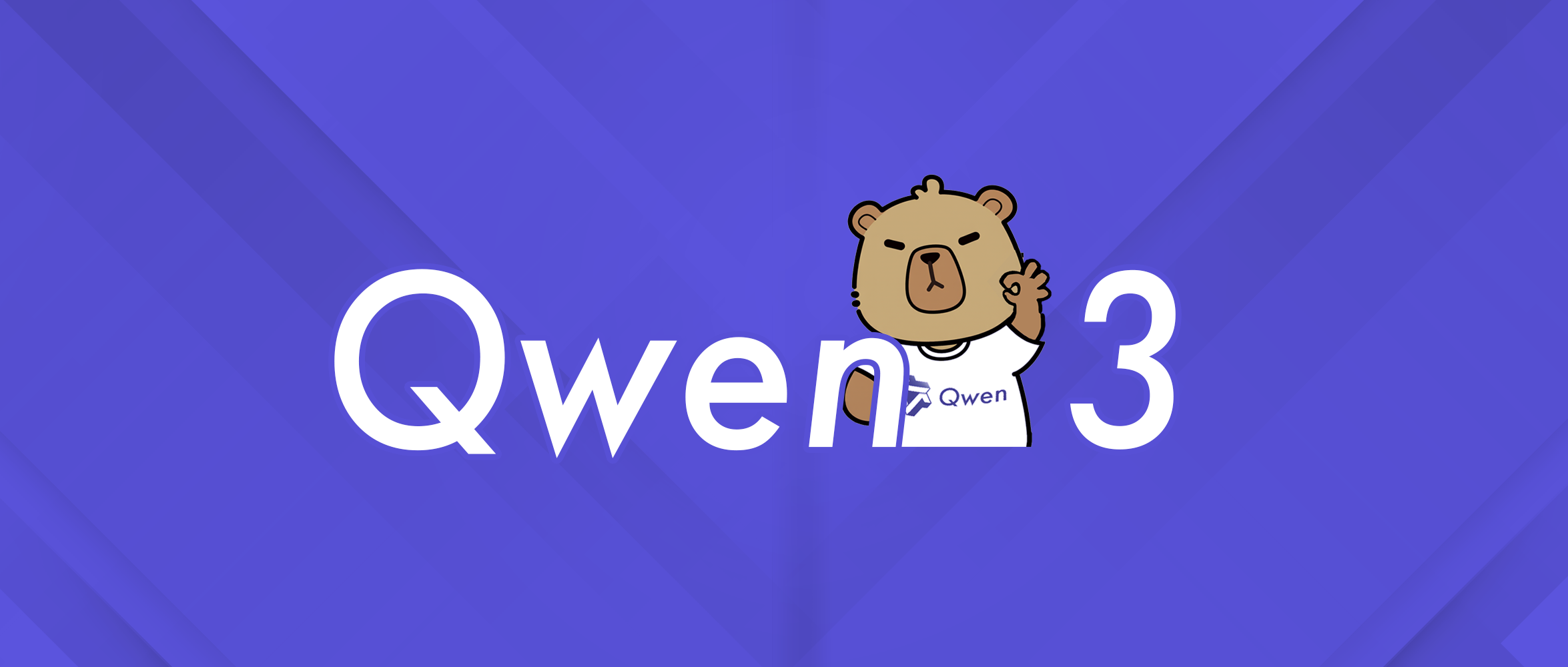
Alibaba Group Holding Ltd. has made a significant leap in artificial intelligence by introducing Qwen3, the latest version of its Qwen series. This new model builds upon the successes of its predecessors by incorporating larger datasets, enhanced architectures, and superior fine-tuning capabilities. Qwen3 stands out for its ability to handle complex reasoning, language understanding, and generation tasks.
The flagship model, Qwen3-235B-A22B, has achieved impressive results in benchmark evaluations for coding, mathematics, and general capabilities when compared to other top-tier models such as DeepSeek-R1, o1, o3-mini, Grok-3, and Gemini-2.5-Pro. Moreover, the smaller model, Qwen3-30B-A3B, has outperformed QwQ-32B with ten times the activated parameters, while the tiny Qwen3-4B has shown similar performance to Qwen2.5-72B-Instruct.
Qwen3 models support a whopping 119 languages and dialects, elevating their multilingual capabilities. Significant optimizations have been made to enhance coding and agentic abilities, and collaborations with various open-source libraries have ensured support for this new model right from the first day. Furthermore, Qwen3 has been enriched with Qwen3-VL, a powerful model capable of integrating visual and audio data to perform complex language tasks.
In light of these innovations, the anticipation grows regarding how Alibaba's Qwen3 model will provide an edge in competition against global heavyweights like OpenAI's ChatGPT, Anthropic's Claude 3, and Meta's LLaMA 4. Qwen3 appears poised not merely as a language model but as a potential turning point in the artificial intelligence landscape.